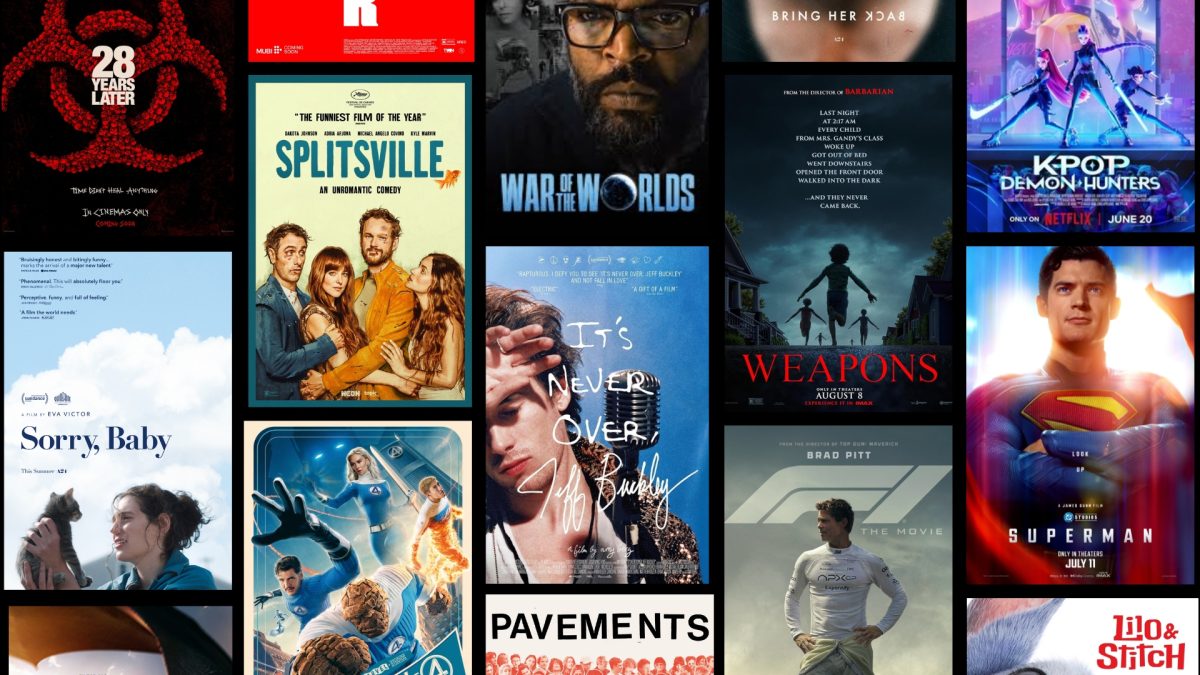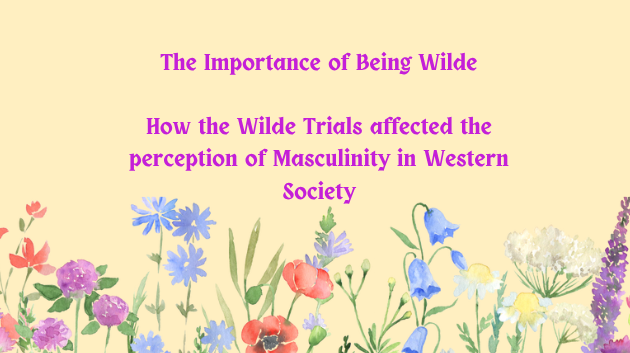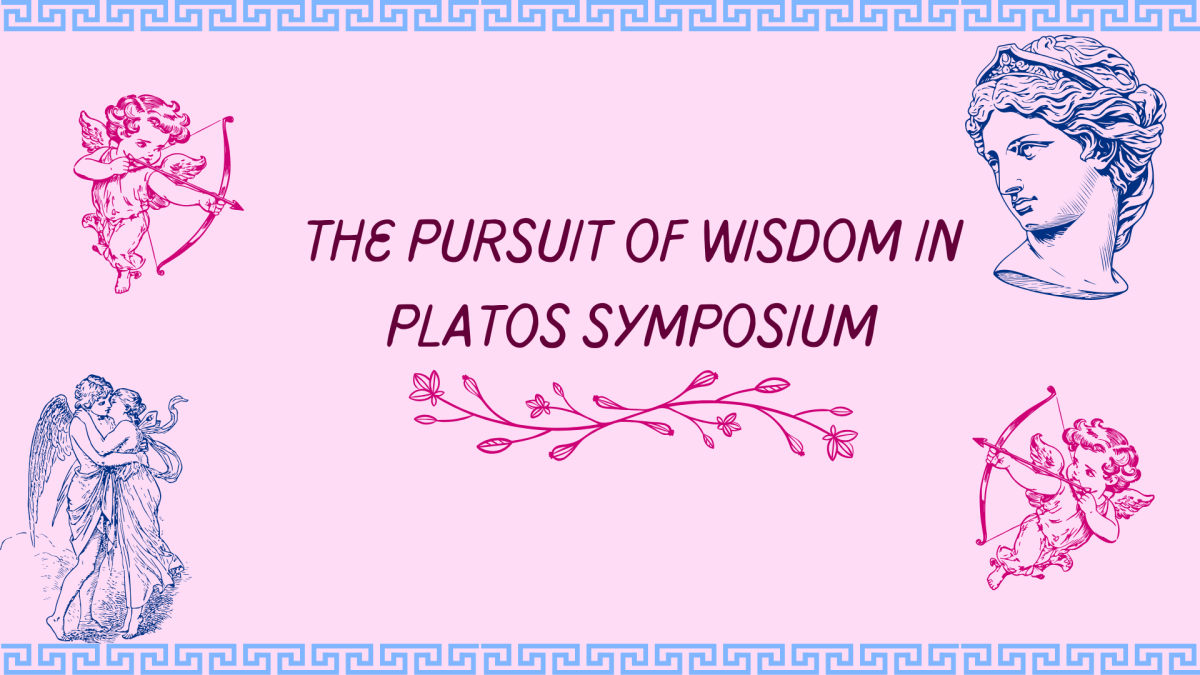
In the current day, you can not simply be you. In order to fit in, it is felt as a standard that you must appear a certain way to remain relevant. You purchase the latest wear, you buy the newest beverage at Starbucks, you stay listening to the same artists who linger on your feed; you do all this to feel relevant. The feeling of keeping up with these trends provides a temporary refuge, but ultimately strips us from our own identities. Do you do all this for your own interest, or for the public? That certain experience of being refreshed with brand new innovations hides behind satisfaction and consumes users until they spin into obsession.
Why are you so attracted to trends? The media plays a crucial role in creating desires through the appeal of influencers and targeted algorithms. Many influencers spend their voices advocating for products with the main purpose of reaching a bigger crowd, but despite all the positive benefits of social media like communication, these platforms promote “FOMO” (fear of missing out) to more vulnerable audiences. As a result of this, viewers begin to believe that if they do not own these certain products, they are incomplete somehow.

A recent trend that represents this issue are trendy surprise blind boxes. Well-known collectable charms brand, called “Labubus” has recently surfaced in the media this year due to influential pressure. People have gone through plenty of hardships simply to get their hands on one of these little monsters. When you search up this product on mainstream platforms, you’ll typically find people fighting, whether that is physical or not. But for what reason? Are people really willing to give up basic morals for a simple accessory? Do people truly find this appealing, or are they really just interested in the hype? So many of these questions go unanswered because consumers will often buy new products quickly, on impulse.
As many people participate in these blind boxes, they have expectations. They do not want the “ugly” ones, only the ones they believe are more fitting. The majority of the time when consumers do not receive what they want, they are left with a lingering dissatisfaction. Consumers will then find themselves constantly putting money towards those products until they receive what they ultimately wanted. But what happens after that? Soon, that satisfaction in that desirable product will shift towards another similar product, allowing those consumers to fall into a cycle. This is also the main reason why brands compete to release similar creations.
People will manipulate themselves into believing that the feeling of obsession is actually happiness. Becoming dependent on materialistic products to remain satisfied messes with the ideals of a good mindset. When you choose to turn to items for constant enjoyment, you’ll risk true fulfillment, leading to feelings of emptiness and declines in mental well-being.

These cycles of over-consumption do no good for our environments as well. Mass production of materials demonstrates “ecological overshoot,” the immense amount of human demands that the Earth cannot keep up with. The other downsides of over consumption involve the risk of pollution in the land, water and air, along with loss in biodiversity. As we continue to take these resources from the Earth, the planet we live on becomes increasingly vulnerable.
While these trends end over time, people are quick to toss aside these once prized possessions to move onto the next. This cycle increases demand for production of new, trendy items and worsens the subsequent, excessive waste.
Ultimately, it is not the end of the world if we give into these bad habits now and then, but it is not actually sustainable in the long run.
The best way to reduce this bad habit is by changing your mindset. When purchasing, you can always consider the necessity or value of the product, also known as conscious purchasing. Doing so will prevent over-spending, and save you from giving into over-consumption.
































